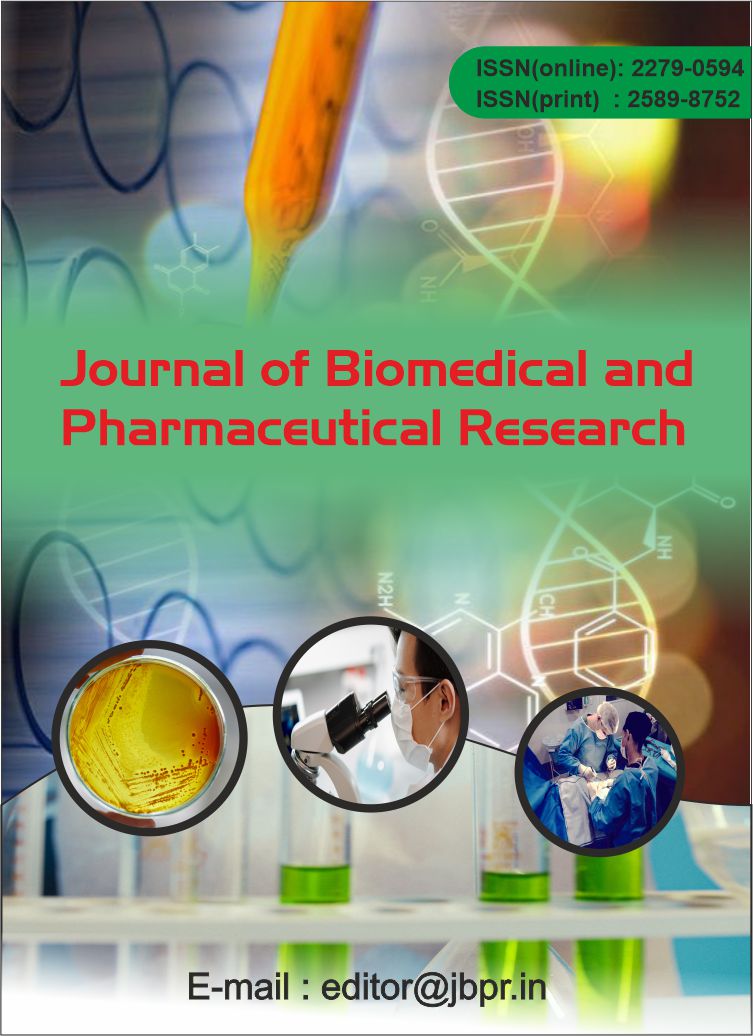PHENYTOIN INDUCED TOXIC EPIDERMAL NECROLYSIS; A CASE REPORT
Abstract
Several drugs are at high risk of causing Toxic Epidermal Necrolysis (TEN) including Anti-convulsants such as phenytoin, carbamazepine and phenobarbital. Other drugs include antimicrobials like sulfonamides followed by Nonsteroidal Anti-Inflammatory Drugs (NSAIDs) and anti-gout drugs.1
We are presenting a case of 60 year old female patient with Phenytoin induced TEN. Who had a history of cranial surgery 3 weeks prior to admission and prescribed with discharge medications of phenytoin, diclofenac and dexamethasone. After 3 weeks of treatment, patient has developed oral and genital erosions with itchy vesicles and bullae all over the body and admitted to tertiary care hospital with complaints of burning sensation on chest and pedal edema and hematuria for 3 days. Phenytoin induced TEN was suspected and was admitted from causality. The patient was managed aggressively with steroids, higher antibiotics and creams (over the lesion), nutritional supplement was taken care of and palliative care was given. The patient expired due to septic shock and multiple organ dysfunctions with metabolic acidosis after 8 day of admission.
This case highlights the importance of Phenytoin possibly causing TEN. Government of India and Regulatory Authorities should create awareness among practitioners to report all the ADRs to concerned ADR Monitoring Centers.
Keywords: Phenytoin induced TEN, Septic shock, metabolic acidosis.
![]() Journal of Biomedical and Pharmaceutical Research by Articles is licensed under a Creative Commons Attribution 4.0 International License.
Journal of Biomedical and Pharmaceutical Research by Articles is licensed under a Creative Commons Attribution 4.0 International License.





